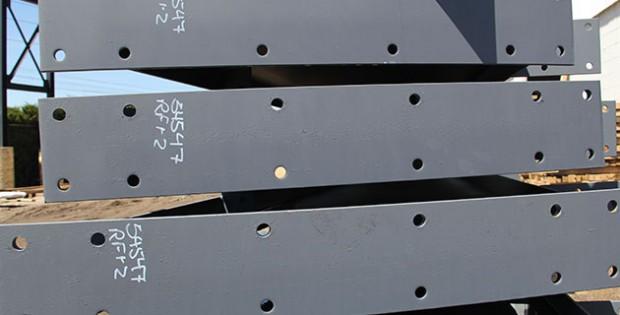Good News: Steel Prices Are Low…For Now

2015 was a great year for steel building buyers. Steel prices were at an all-time low, and many customers were able to get the pre-engineered steel building of their dreams at the best prices the industry has seen. But 2016 and beyond brings potential unsettling news for steel building shoppers. Currently, economists forecast that the price of steel as a commodity is expected to rise quickly in the near future. You might have seen evidence of this on the local news, the internet, or watched the ticker at the bottom of a financial network quickly scroll the numbers. Personally, I don’t pay that close of attention to the volatile commodities market, other than when I see the price of gas go up and down when I drive. So this begs the obvious question – how can this rise in steel prices affect your future building project, or even the decision to build in the first place?
 Let’s go back a few years. The price of steel has been generally favorable to consumers since 2012. While many Americans are still feelings the effects of the recession, the economy is slowly improving. In slow economic times, steel building manufacturers had to adjust to a lower demand. As the economy improves, first time builders and small business owners have been investigating an expansion to pre-engineered metal buildings. Construction accounts for 20% of the steel market and the higher demand can absolutely affect the price of steel. To meet the higher demand, manufacturers and steel mills must hire more employees, which could cause the price of steel to rise quickly. It’s predicted the market will re-balance itself, but it may not happen for a few years. More and more people are starting to build, abandoning less durable construction methods and building pre-engineered steel buildings. Steel building providers have seen a huge influx of business over the past few years, and smart builders wanted taking advantage of historically low prices. That’s still possible now.
Let’s go back a few years. The price of steel has been generally favorable to consumers since 2012. While many Americans are still feelings the effects of the recession, the economy is slowly improving. In slow economic times, steel building manufacturers had to adjust to a lower demand. As the economy improves, first time builders and small business owners have been investigating an expansion to pre-engineered metal buildings. Construction accounts for 20% of the steel market and the higher demand can absolutely affect the price of steel. To meet the higher demand, manufacturers and steel mills must hire more employees, which could cause the price of steel to rise quickly. It’s predicted the market will re-balance itself, but it may not happen for a few years. More and more people are starting to build, abandoning less durable construction methods and building pre-engineered steel buildings. Steel building providers have seen a huge influx of business over the past few years, and smart builders wanted taking advantage of historically low prices. That’s still possible now.
Overproduction in Chinese steel mills played a huge role in the fall of steel prices. China flooded the market with cheap steel, and brought down the overall price. Still, why should you care about overseas demand when the steel building manufacturer you picked makes their buildings in America? It’s simple. As demand rises overseas, it becomes easier for American manufacturers to enter those markets and be successful. This is great news for the United States economy, but it’ll mean an increase in the price of the workshop, barn or business front you’ve been saving for and wanting.
If you’re thinking about purchasing a pre-engineered steel building, don’t wait. This isn’t some sales ploy; there really is substance to these facts. The lowest price you’re going to find for your steel building project anywhere is the price available to you right now. An increase in steel prices isn’t exclusive to steel building manufacturers like Armstrong Steel. Supply and demand affects the global economy, so you’ll see the same message from steel building providers throughout the entire industry.

You could always take the chance to put off your steel building project, and risk the price increases of the steel market. It seems for the foreseeable future, at least the next four years, steel prices will never be cheaper than they are right at this moment.
Timing is everything. Steel buildings continue to be the most economical building solution on the market, and rising prices won’t change that fact. Reap the benefits of low pricing and begin planning your project today.
« How to Find Financing For Your Metal Barn
Top 5 Most Popular Types of Steel Buildings »
Popular Posts

Are you witnessing a decrease in your attendance on Sunday? Are people leaving your community to explore bigger and better opportunities? Does there seem to be just a general lack of interest in going to church? All of these options can be discomforting, but there are a couple of ways you can do to return your… …

I’m sure many of you have been in the same situation that I’m in right now. My wife and I are currently shopping for a new church. We’re both from religious families who attended church on a regular basis when we were growing up, and we’re both from similar religious backgrounds. If you’ve gone through… …

